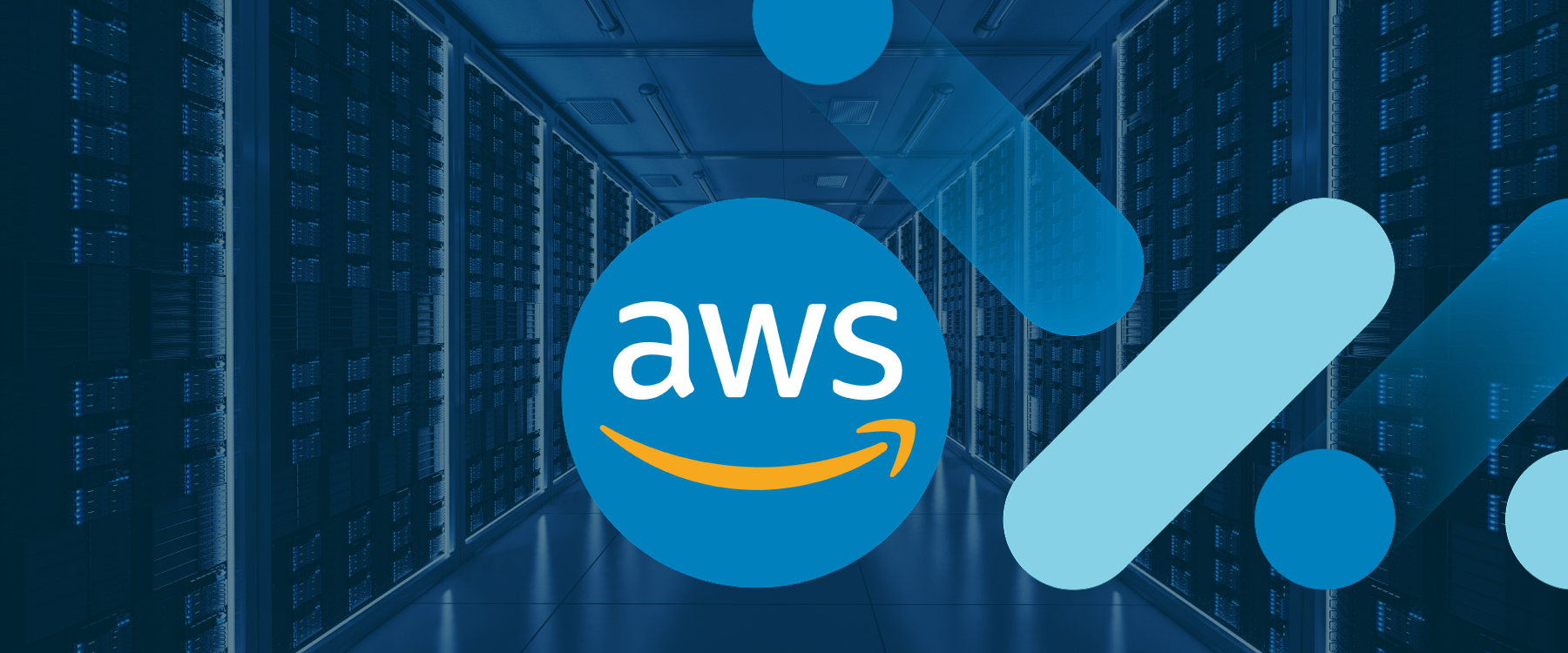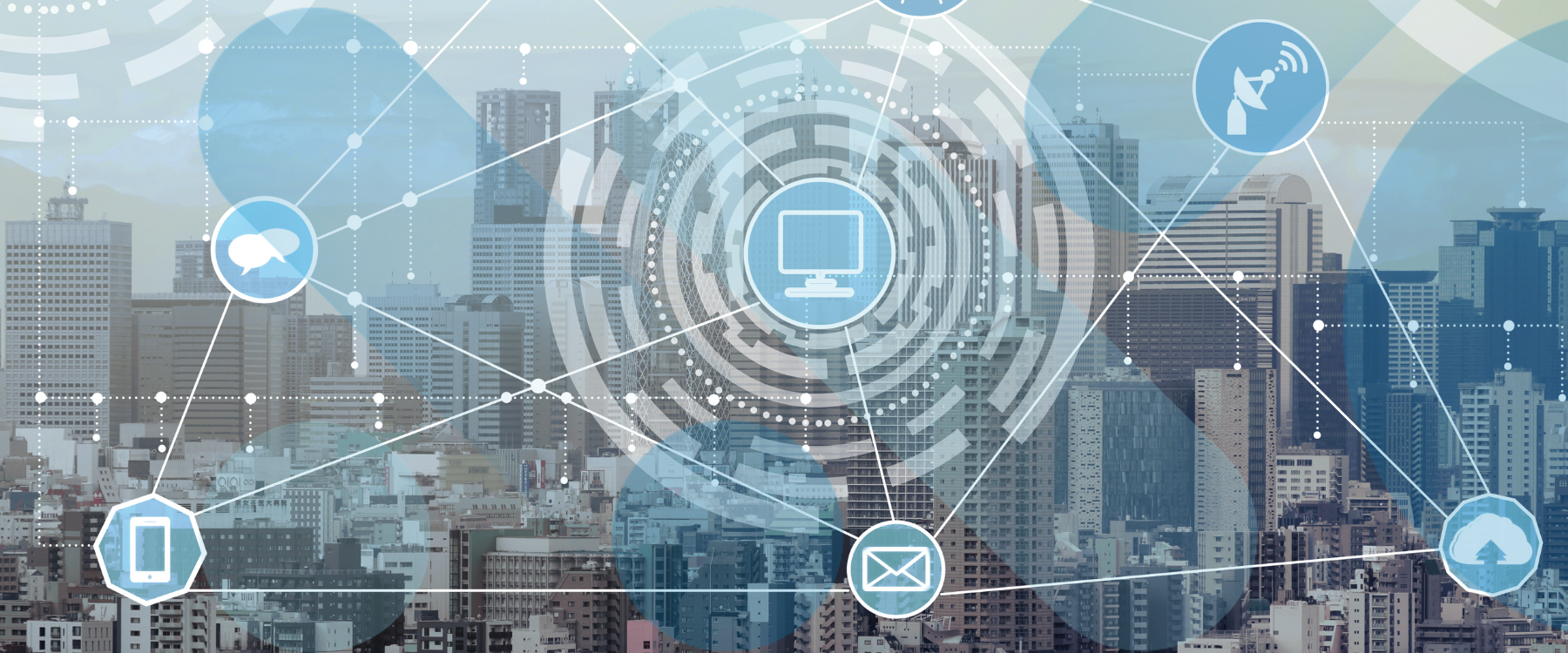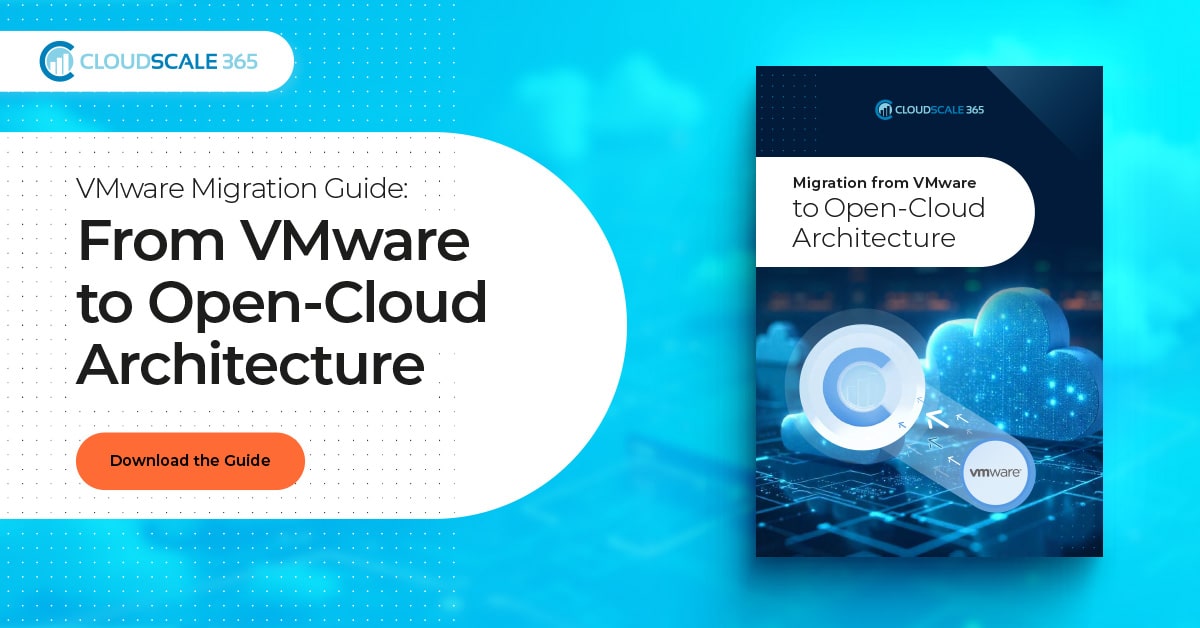For a time during the AWS outage, parts of the internet seemed to vanish. Affecting a segment of the global ecosystem, the multi-hour disruption in the AWS US-East-1 region underscored the extent to which critical services depend on resilient infrastructure.
As expected, an astounding number of posts and hot takes flooded social media, many quick to blame AWS for the disruption. The real story behind this outage is that so many critical applications were running entirely within one region. Relying solely on a single cloud region for mission-critical workloads is, by definition, a single point of failure.
A Single Point of Failure in a Distributed World
AWS US-East-1 was the first region launched by AWS—the birthplace of modern cloud computing and still the most complex and heavily utilized region today. It’s massive, complex, and home to more workloads than any other region. Because of its scale, it’s also where rare, large-scale events tend to occur—often tied to networking, one of the most complex problems in computing at scale.
While AWS regions are reliable, none are perfectly reliable by design. The concept of multiple, independent regions exists precisely to provide geographic and architectural redundancy. Deploying across multiple regions (or even multiple cloud providers) can be costly, but when uptime is mission-critical, that investment pays for itself in continuity and customer trust.
It’s Always DNS (Until It Isn’t)
This particular event turned out to be a DNS issue. The servers? Fine. The databases? Healthy. The data? Safe. But for a few crucial hours, nobody could find them.
Banks couldn’t reach their databases. Airlines couldn’t access booking systems. Delivery apps couldn’t route orders. Not because the systems were down—but because DNS, the internet’s phone book, temporarily forgot everyone’s number.
DNS is the infrastructure beneath your infrastructure. It’s invisible when it works and catastrophic when it doesn’t. And too often, organizations don’t monitor it, duplicate it, or even think about it, until it breaks.
Redundancy Is Not Optional
At CloudScale365, we often remind clients that delegation isn’t abdication. Using a world-class cloud provider like AWS, Azure, or Google Cloud doesn’t absolve an organization from owning its resilience strategy.
If your business depends on always-on services, then your infrastructure should reflect that:
- Design for failure because it’s not “if,” it’s “when.”
- Distribute workloads across regions or even clouds.
- Monitor dependencies like DNS, load balancers, and identity systems as closely as you monitor applications.
- Test your failover plans because chaos engineering isn’t just for tech giants anymore.
Every outage, big or small, is a reminder that reliability isn’t a product – it’s a practice.
Own Your Destiny in the Cloud
The AWS outage is a learning opportunity. For those building or running mission-critical internet services, now is the time to review your architecture, test your disaster recovery plans, and close the gaps in your resiliency strategy.
We’re here to help. Because when the next big outage comes (and it will), your customers should never even notice.



